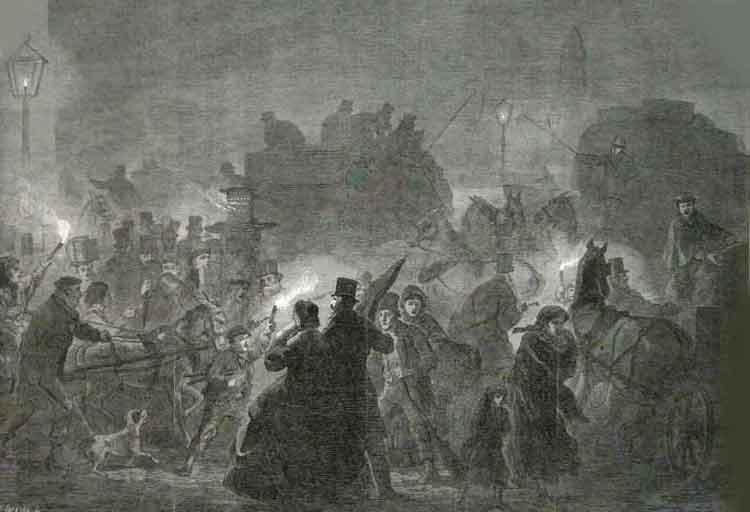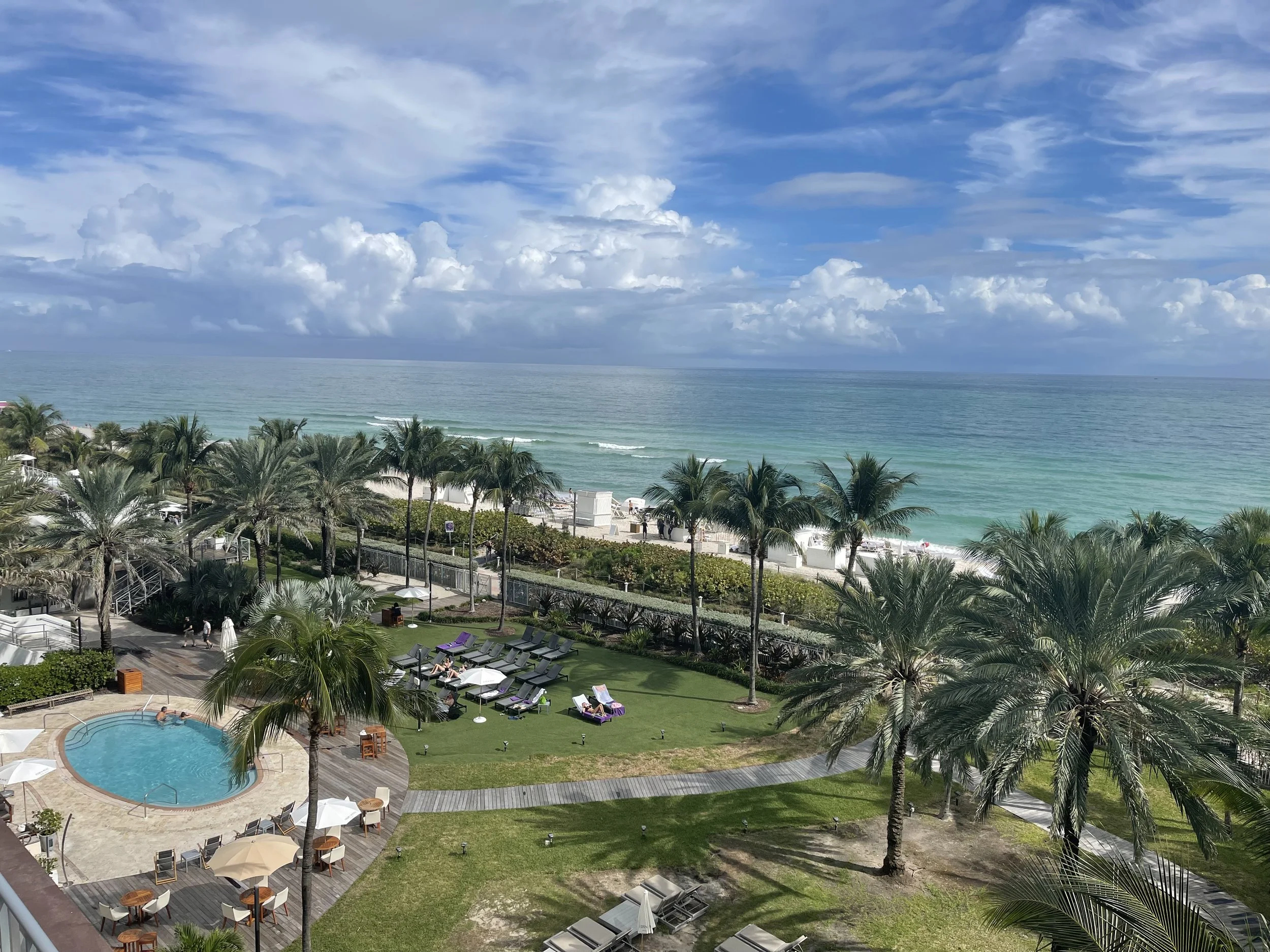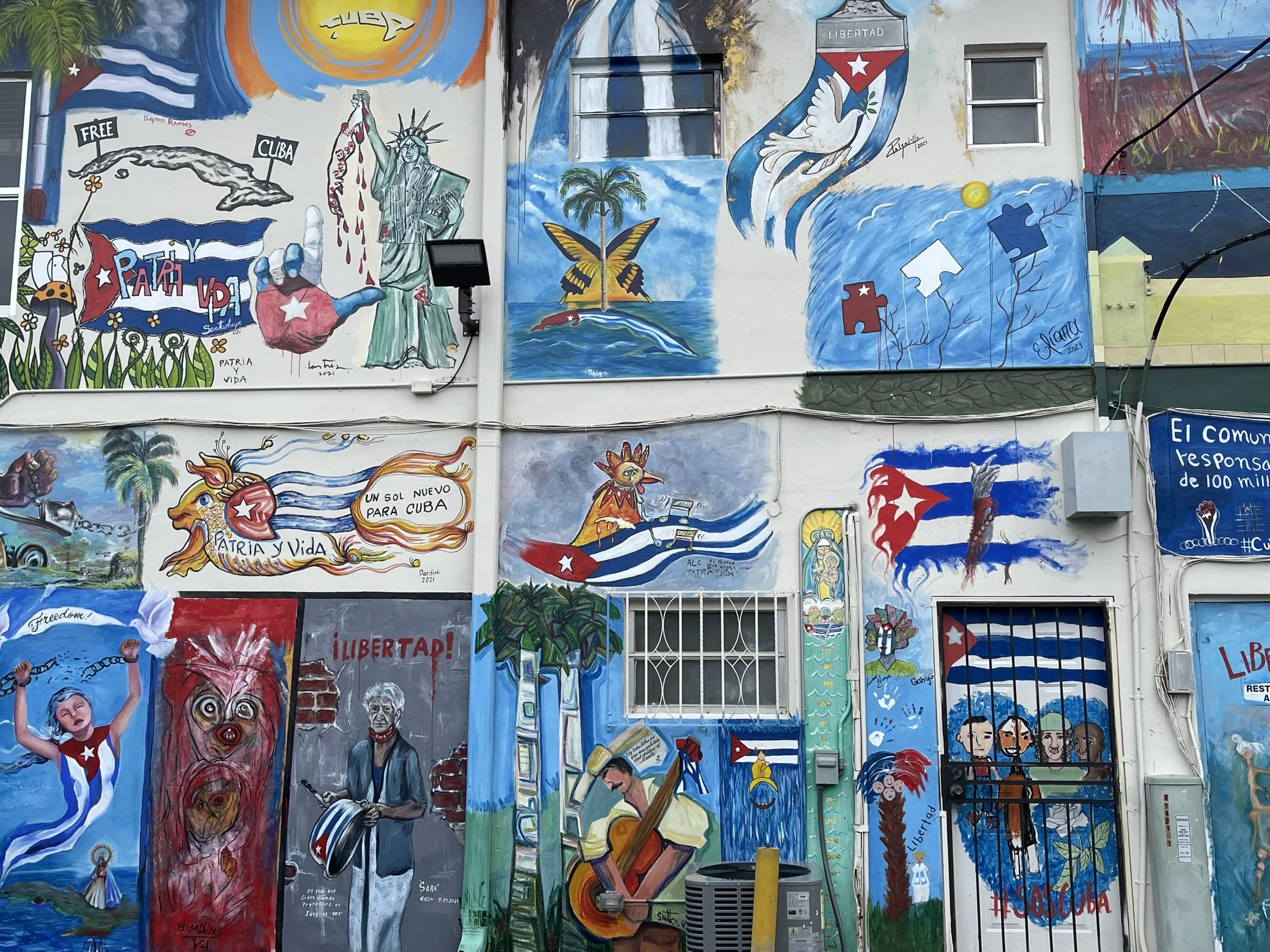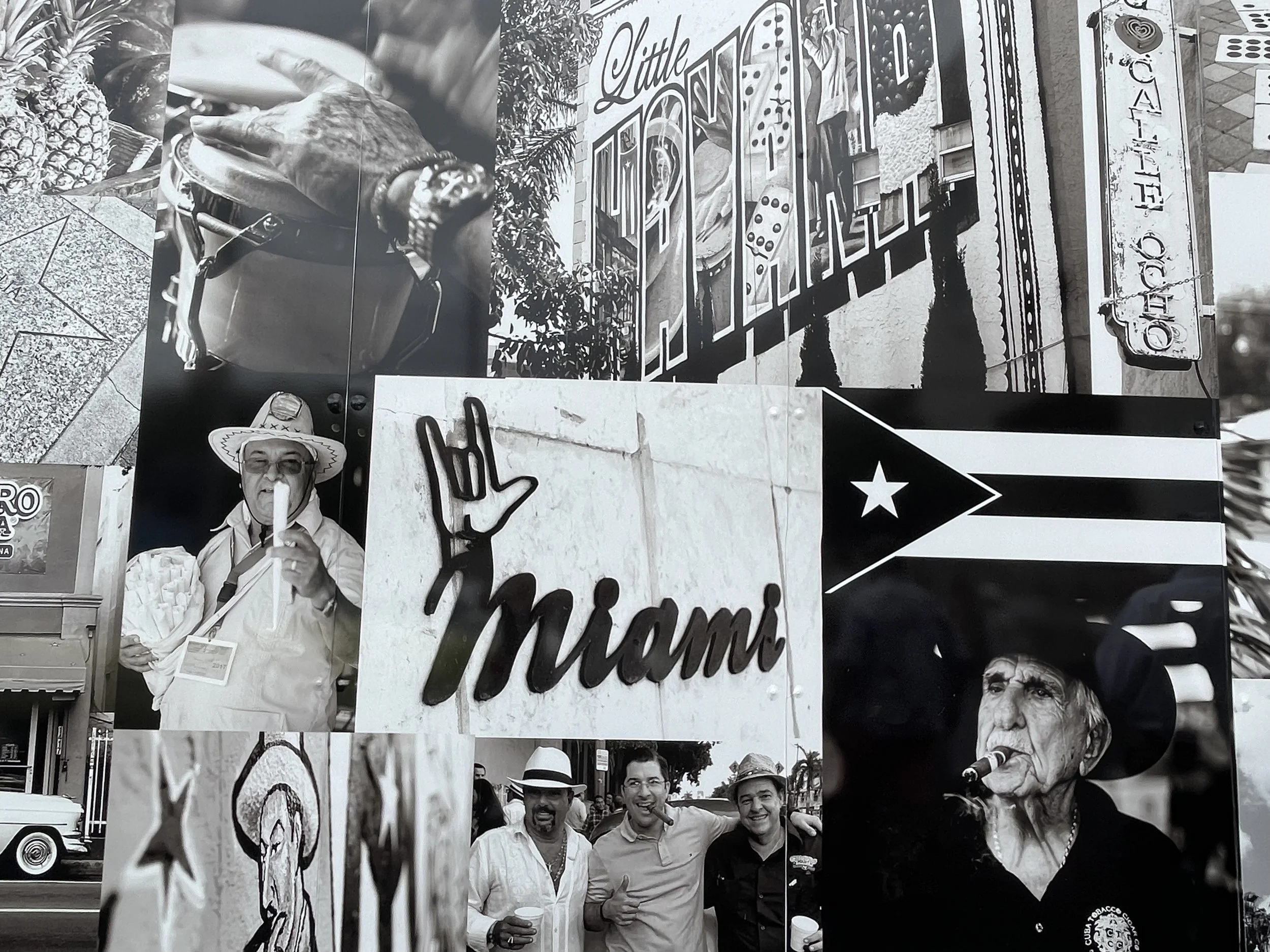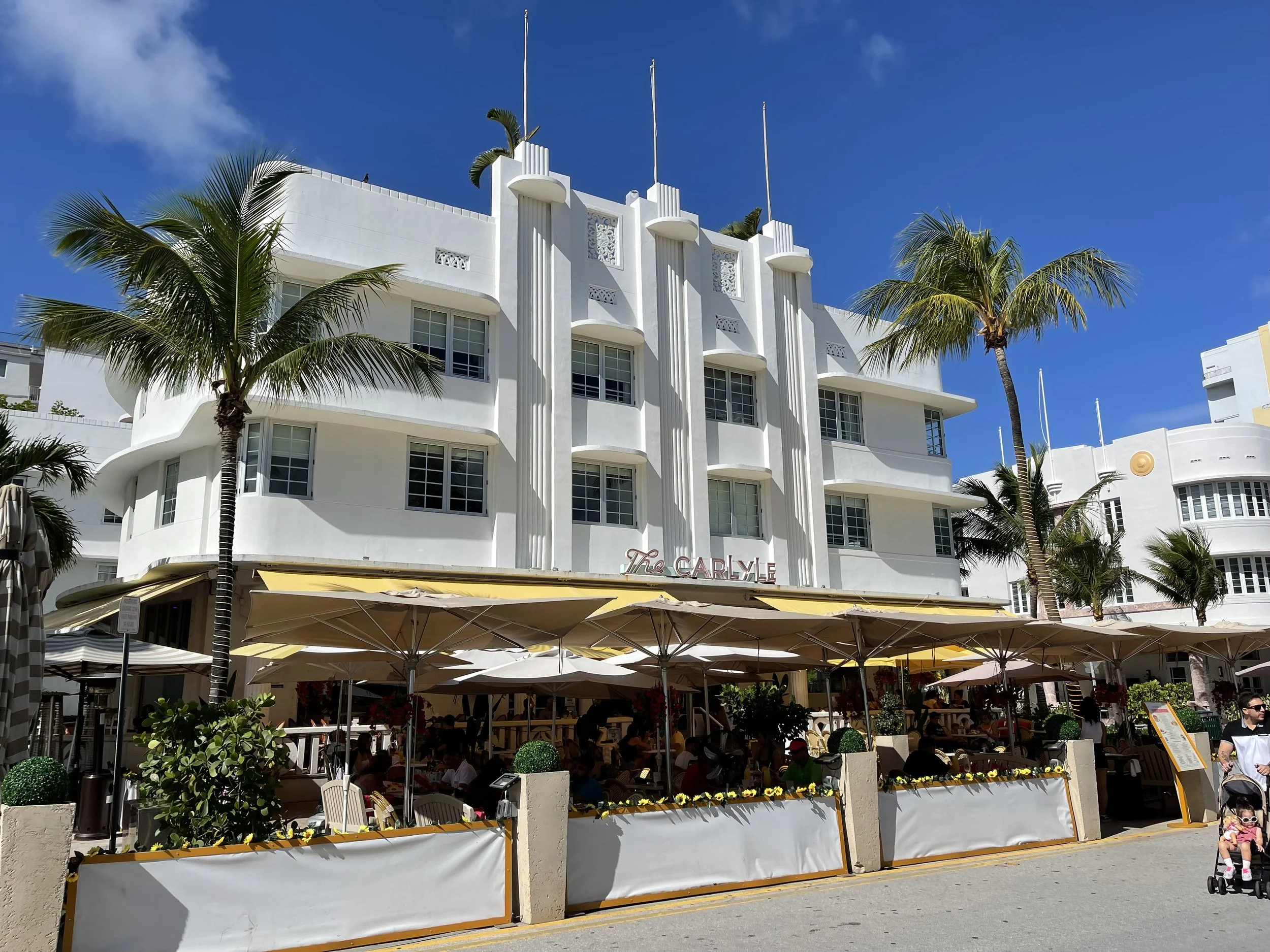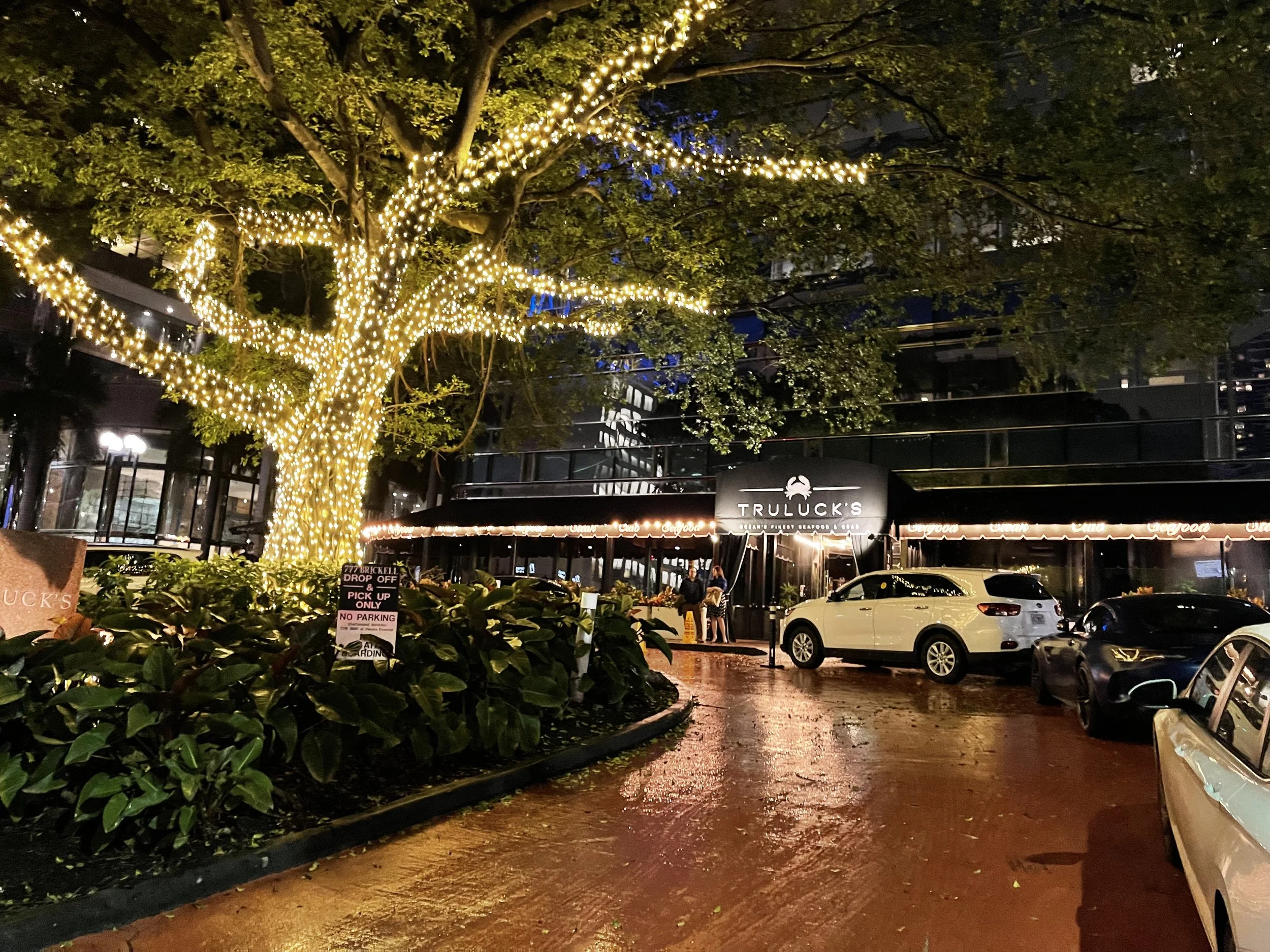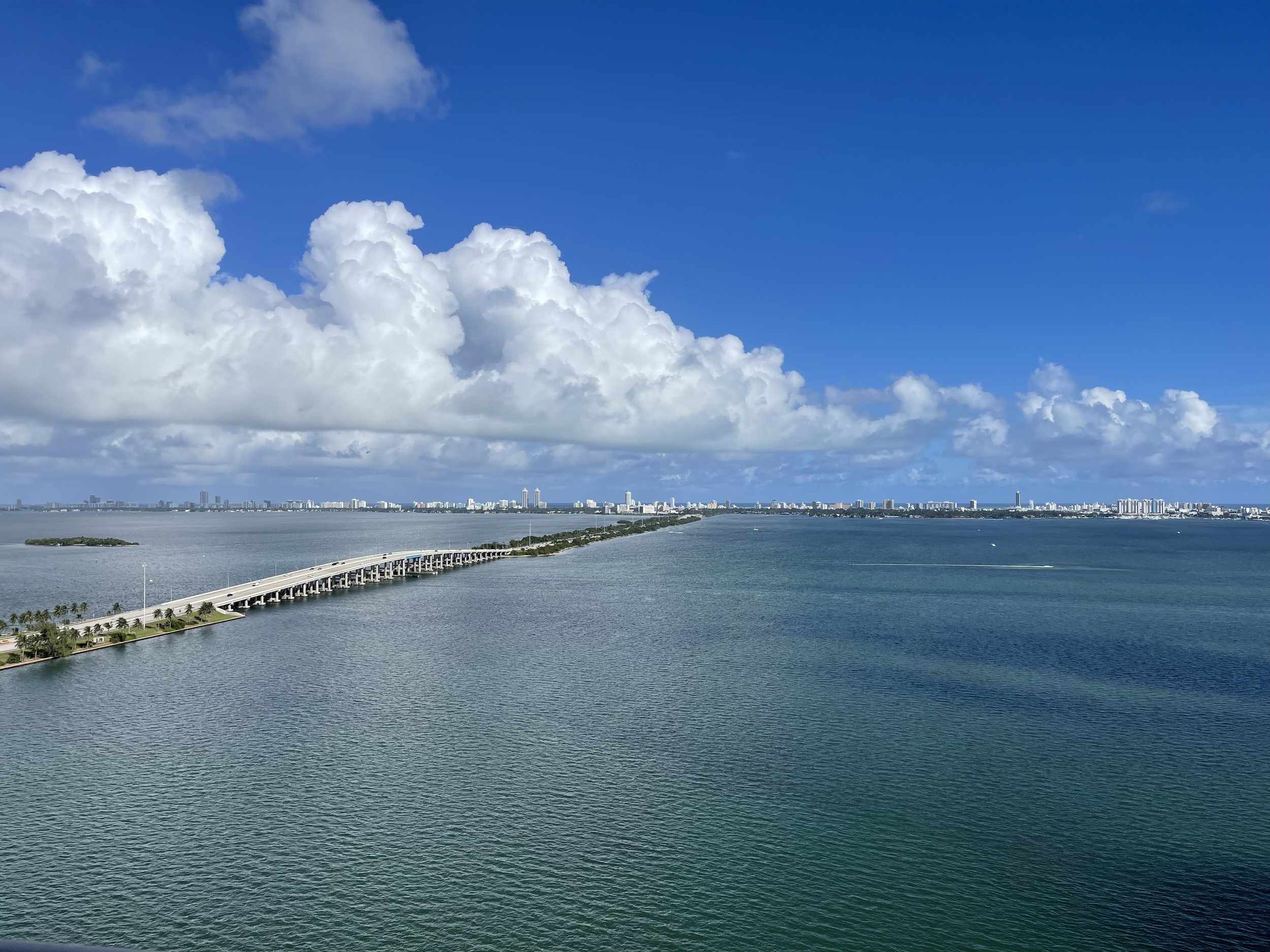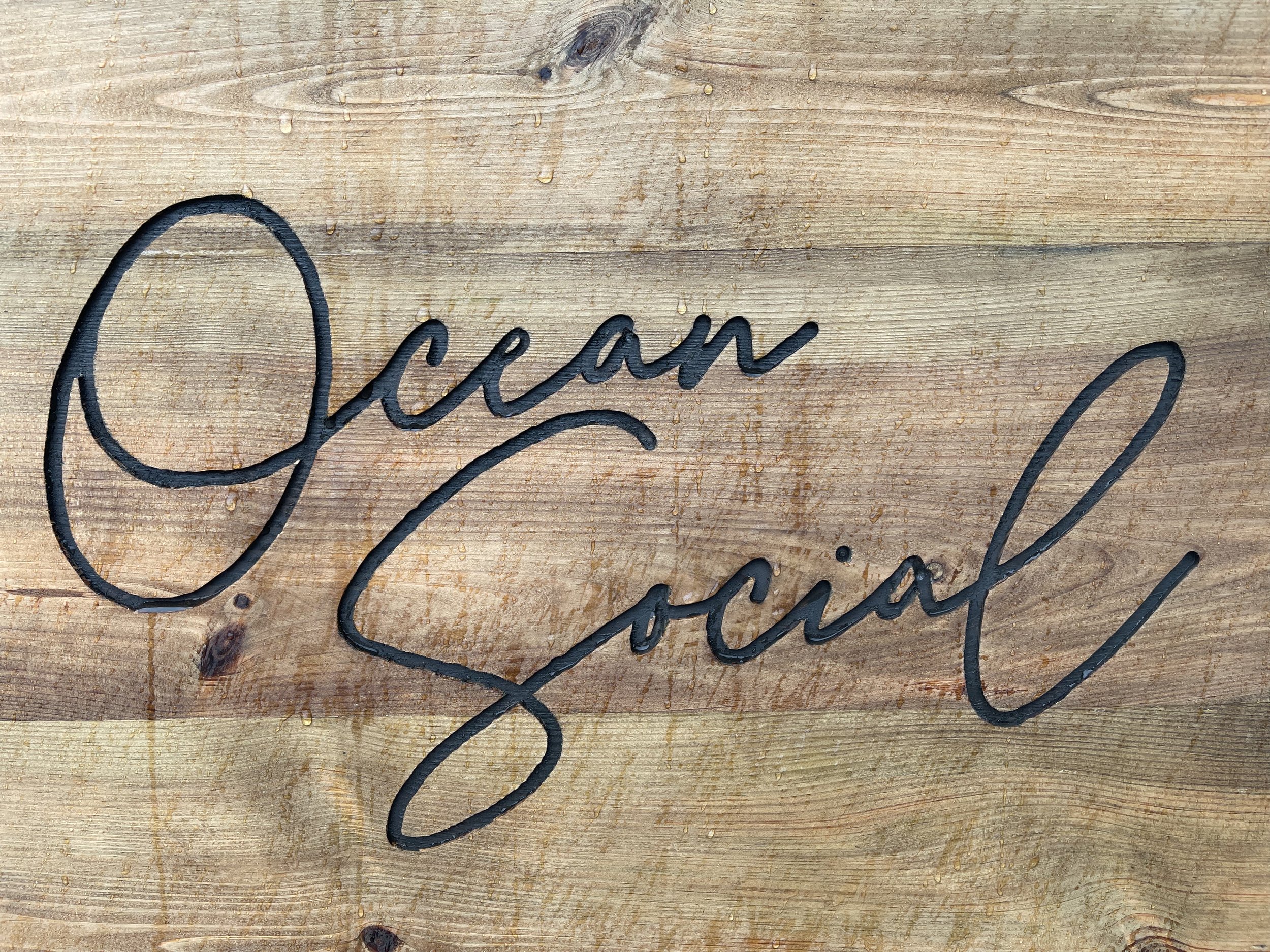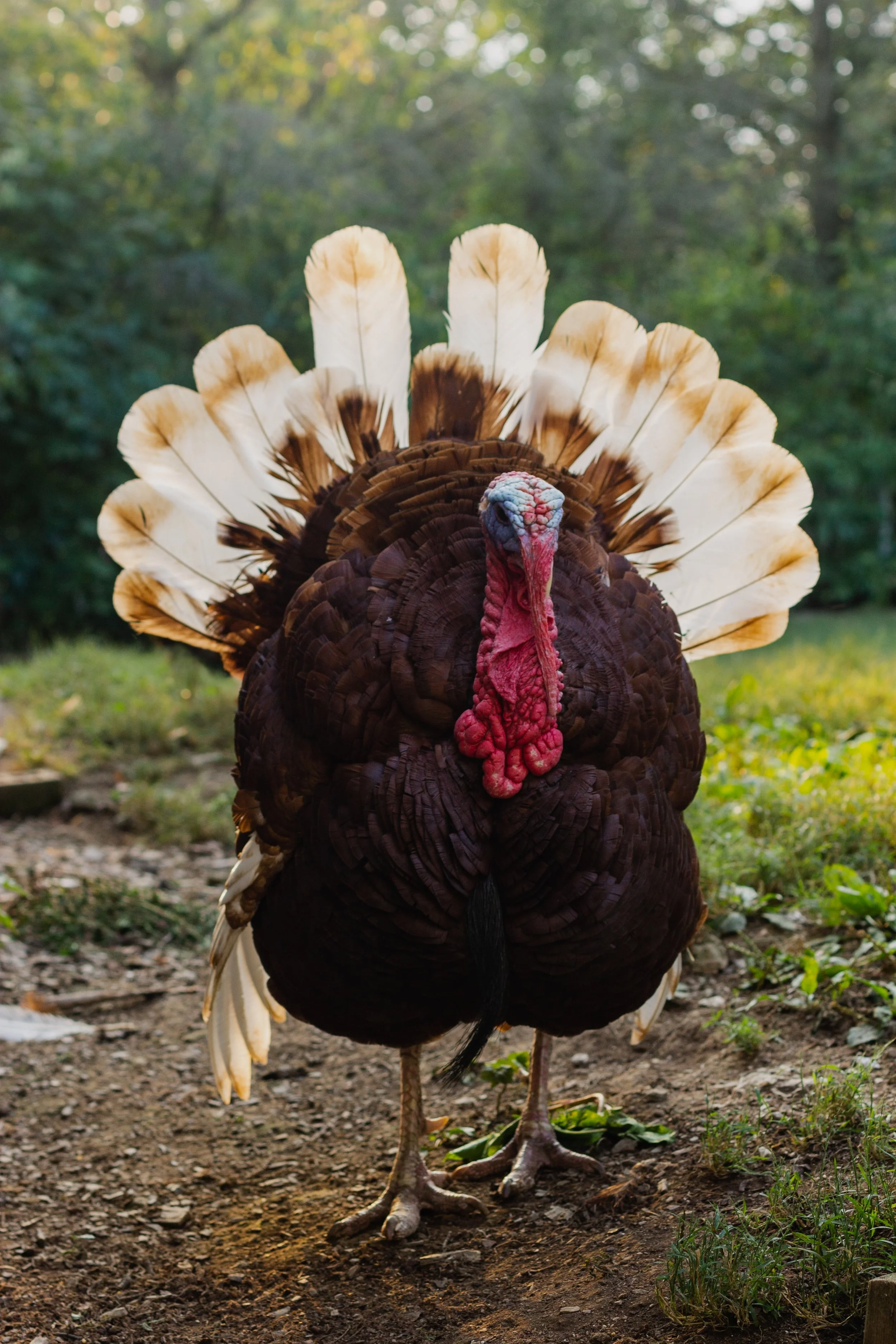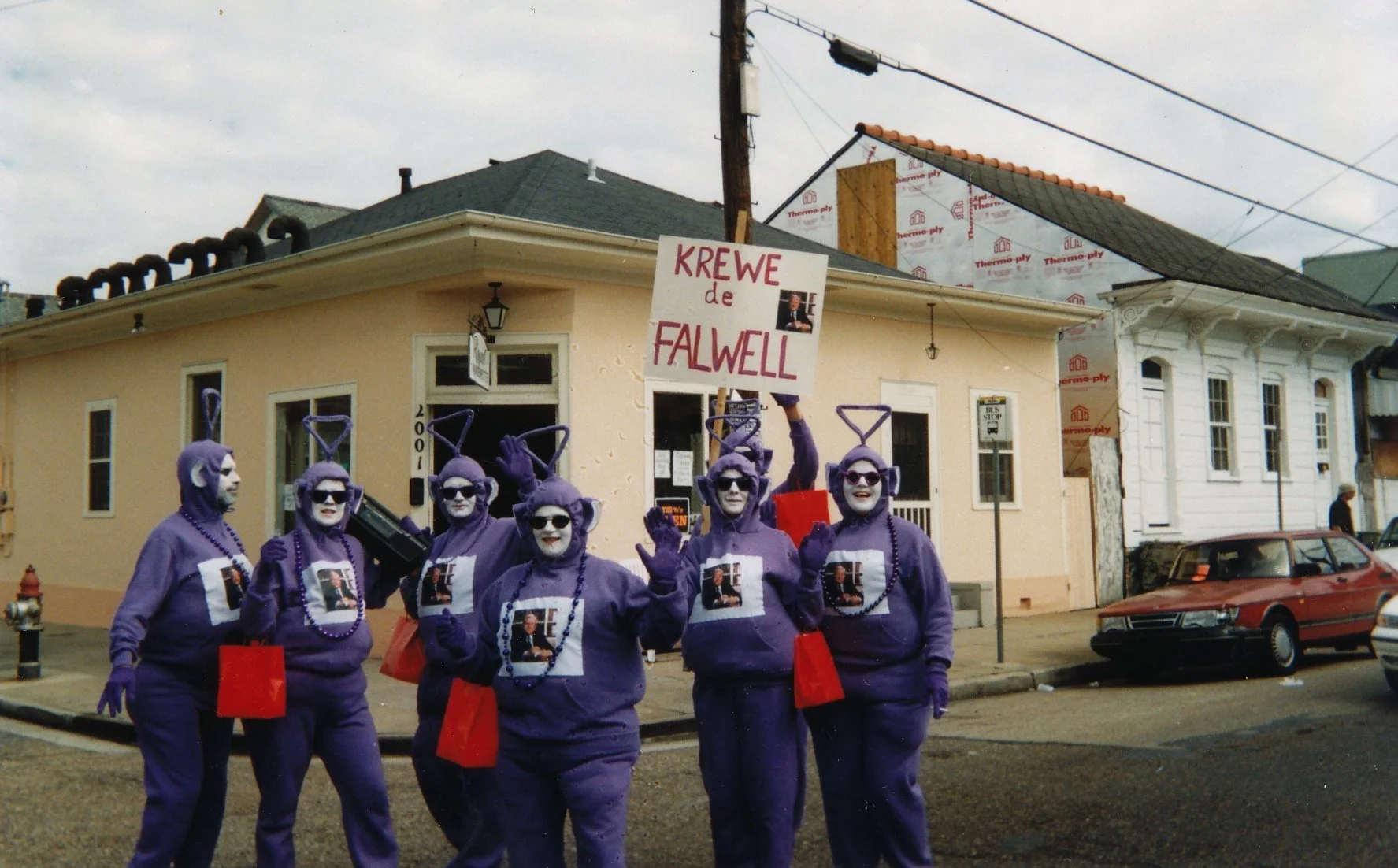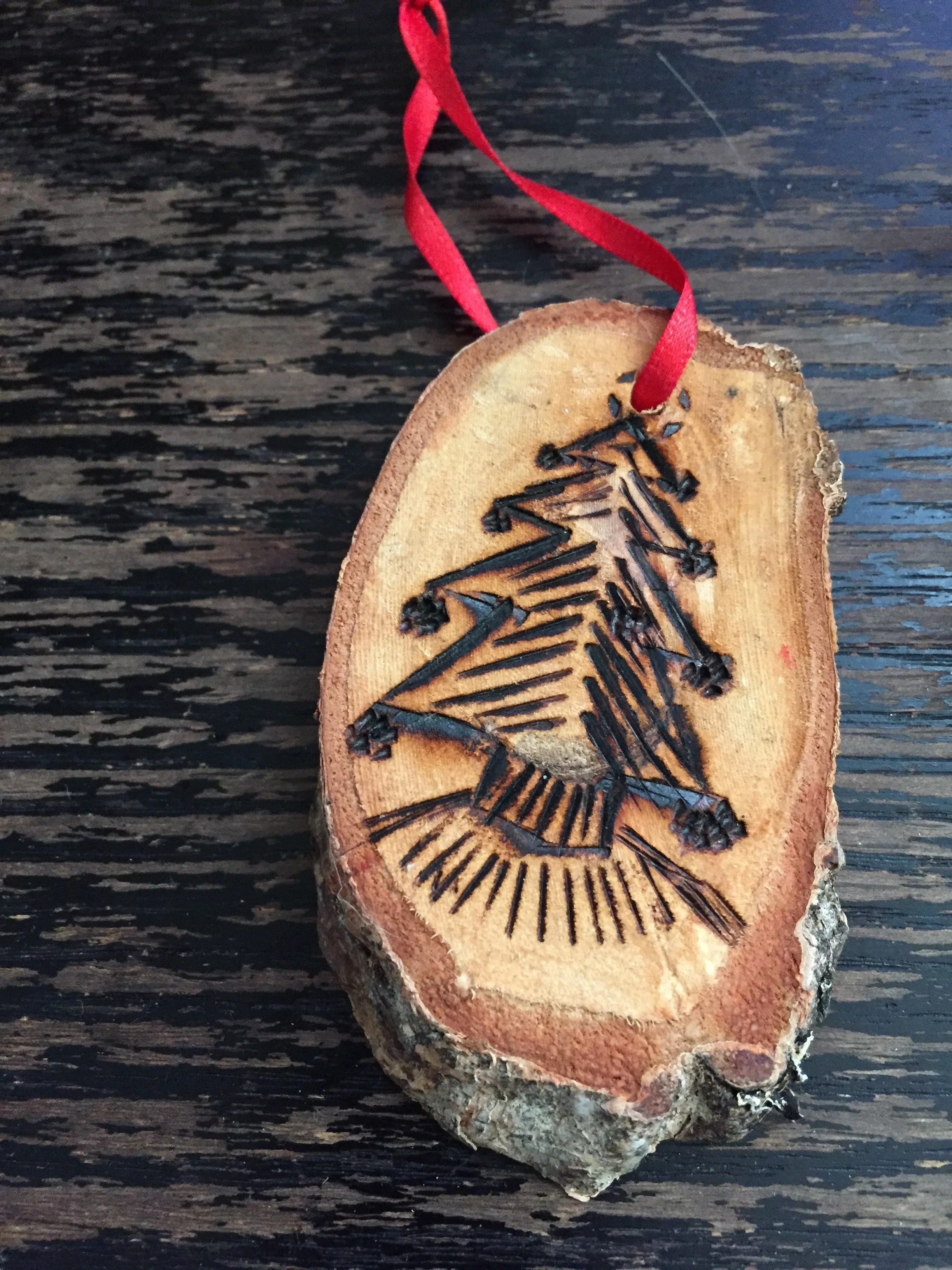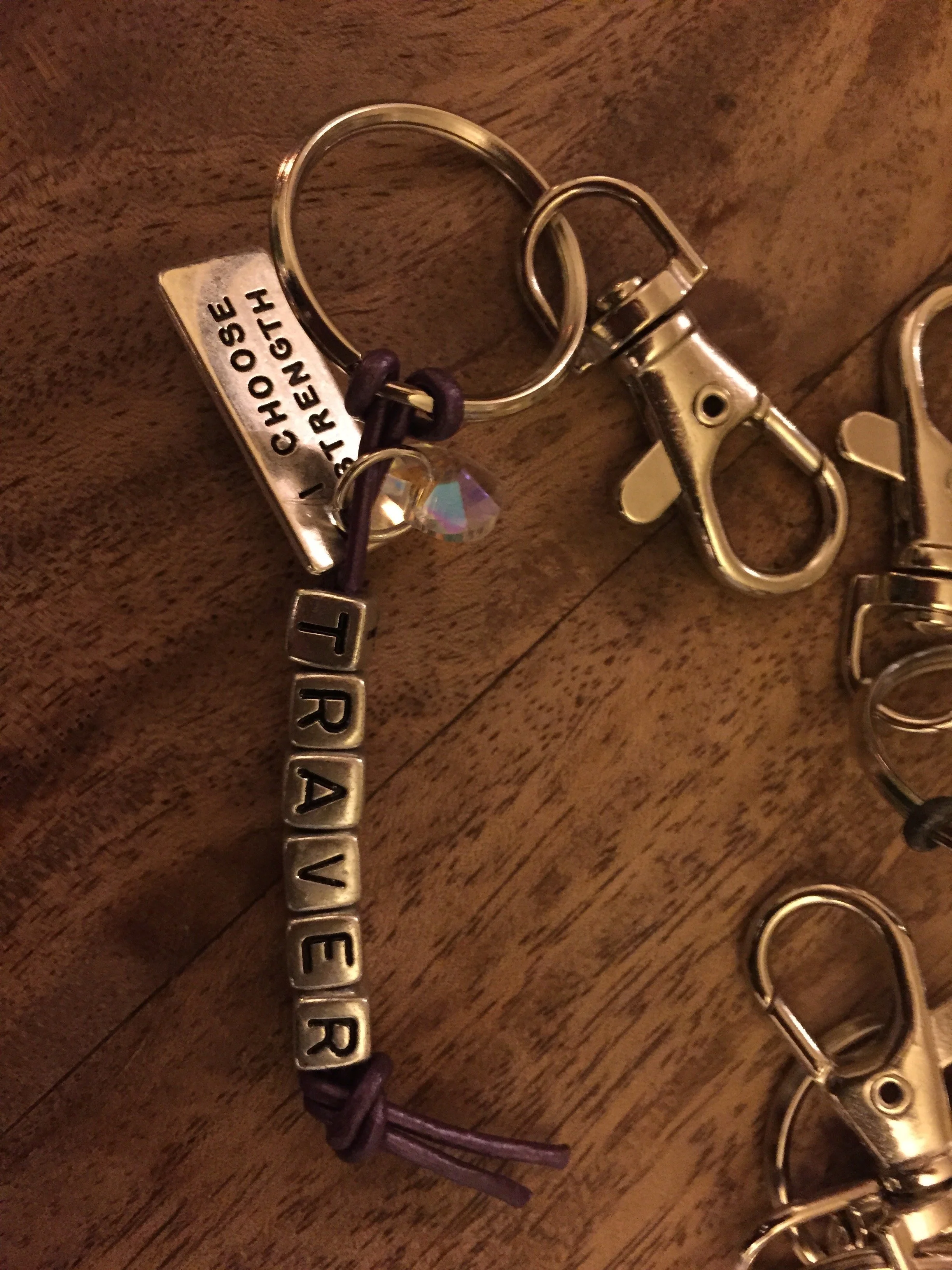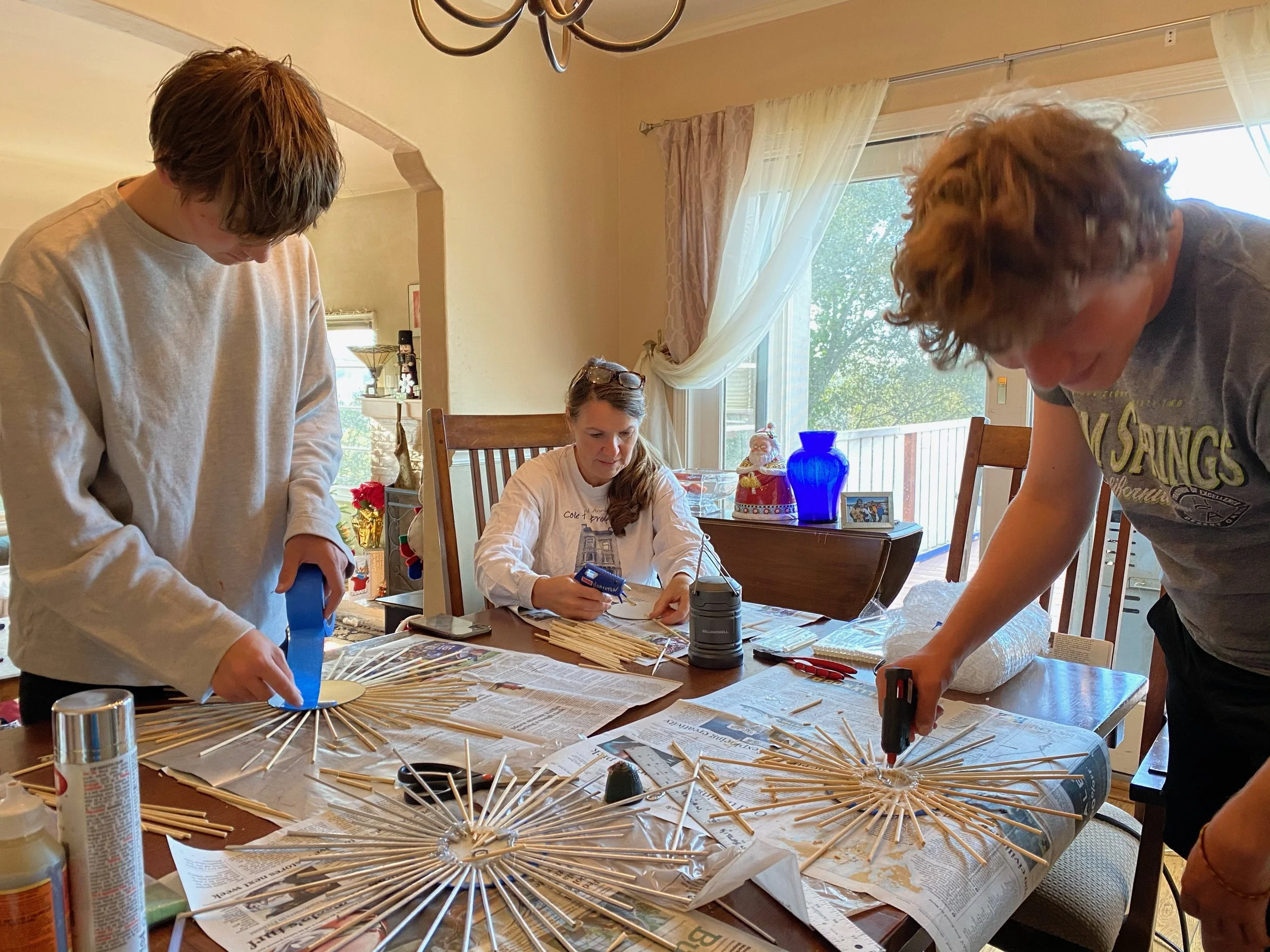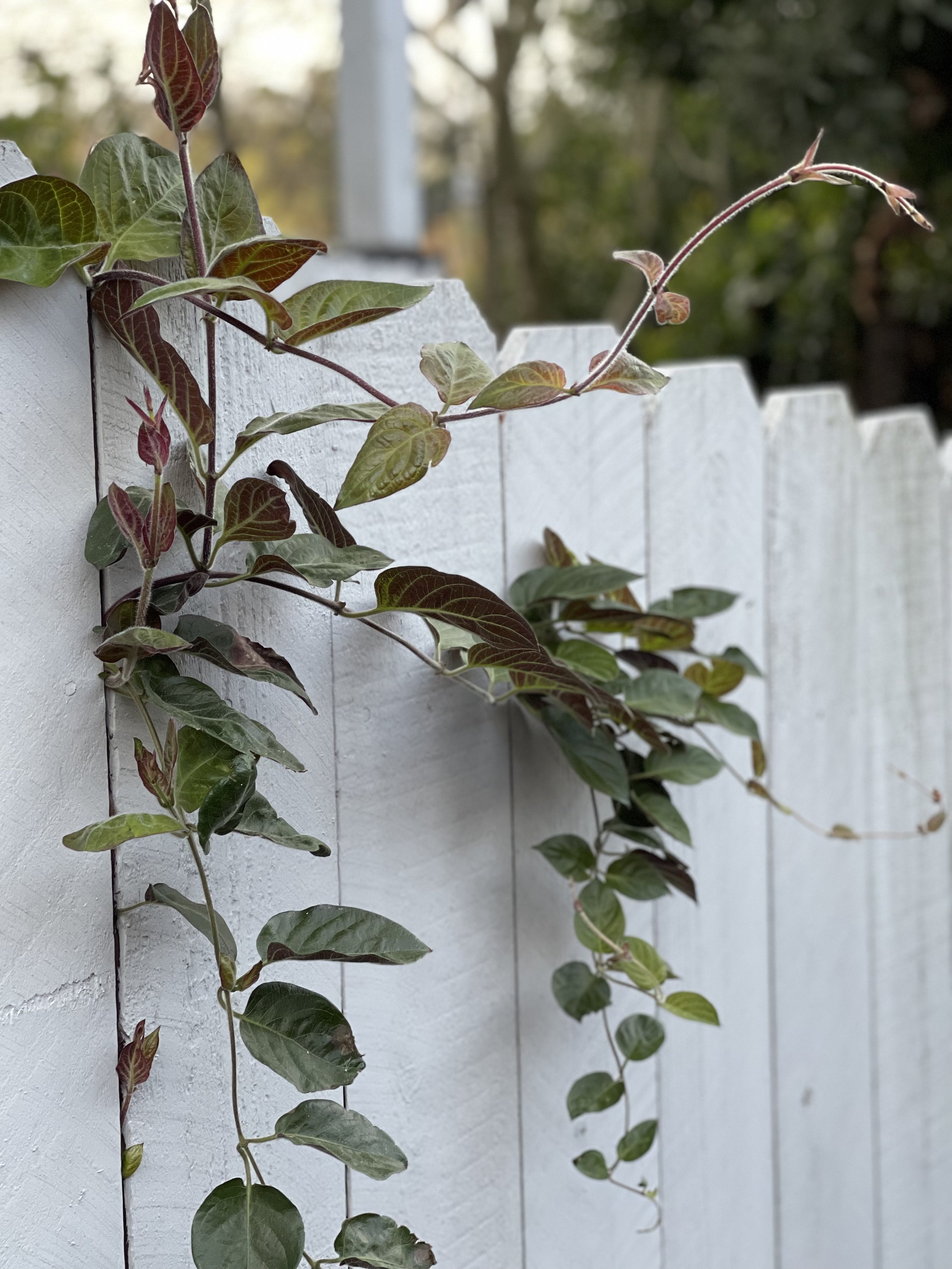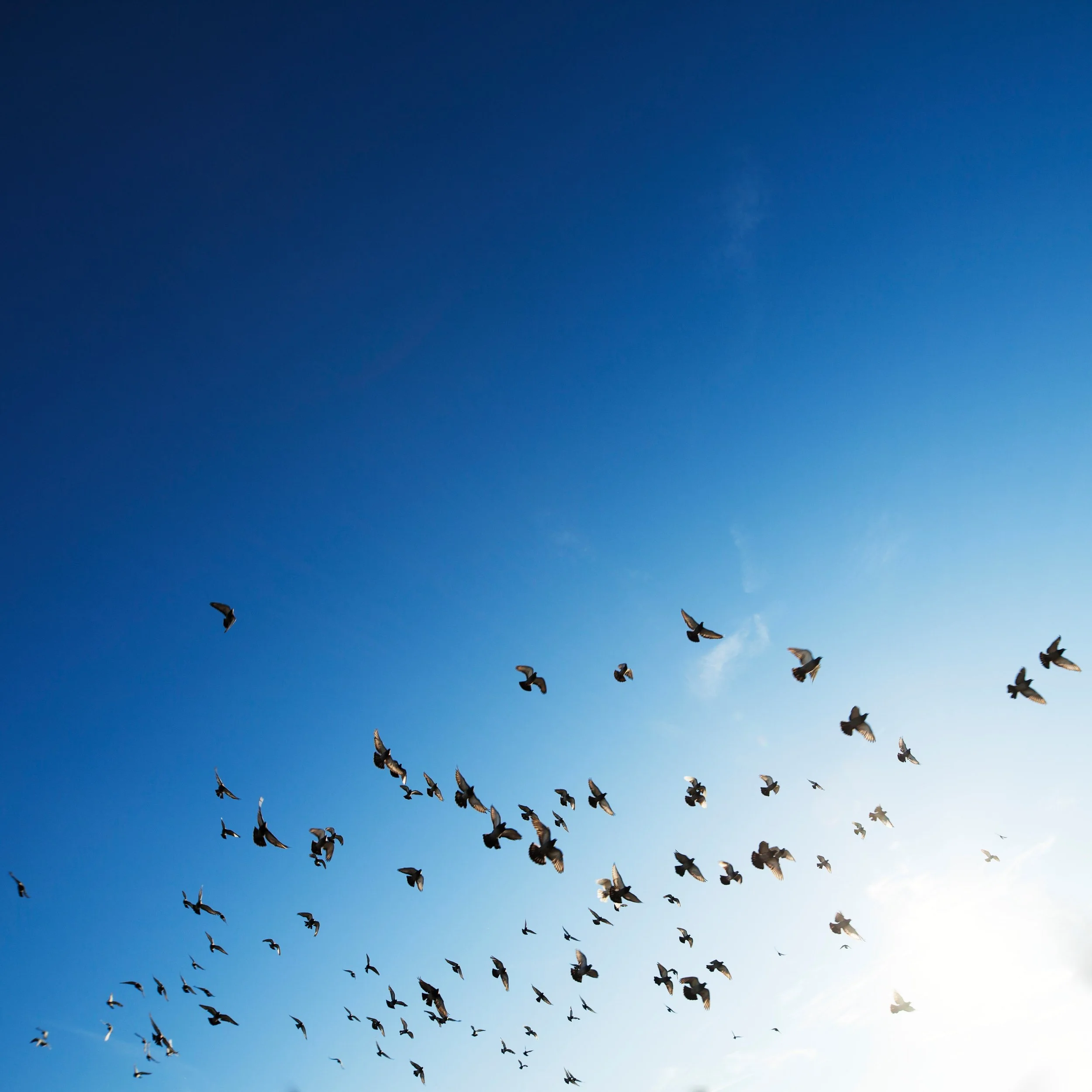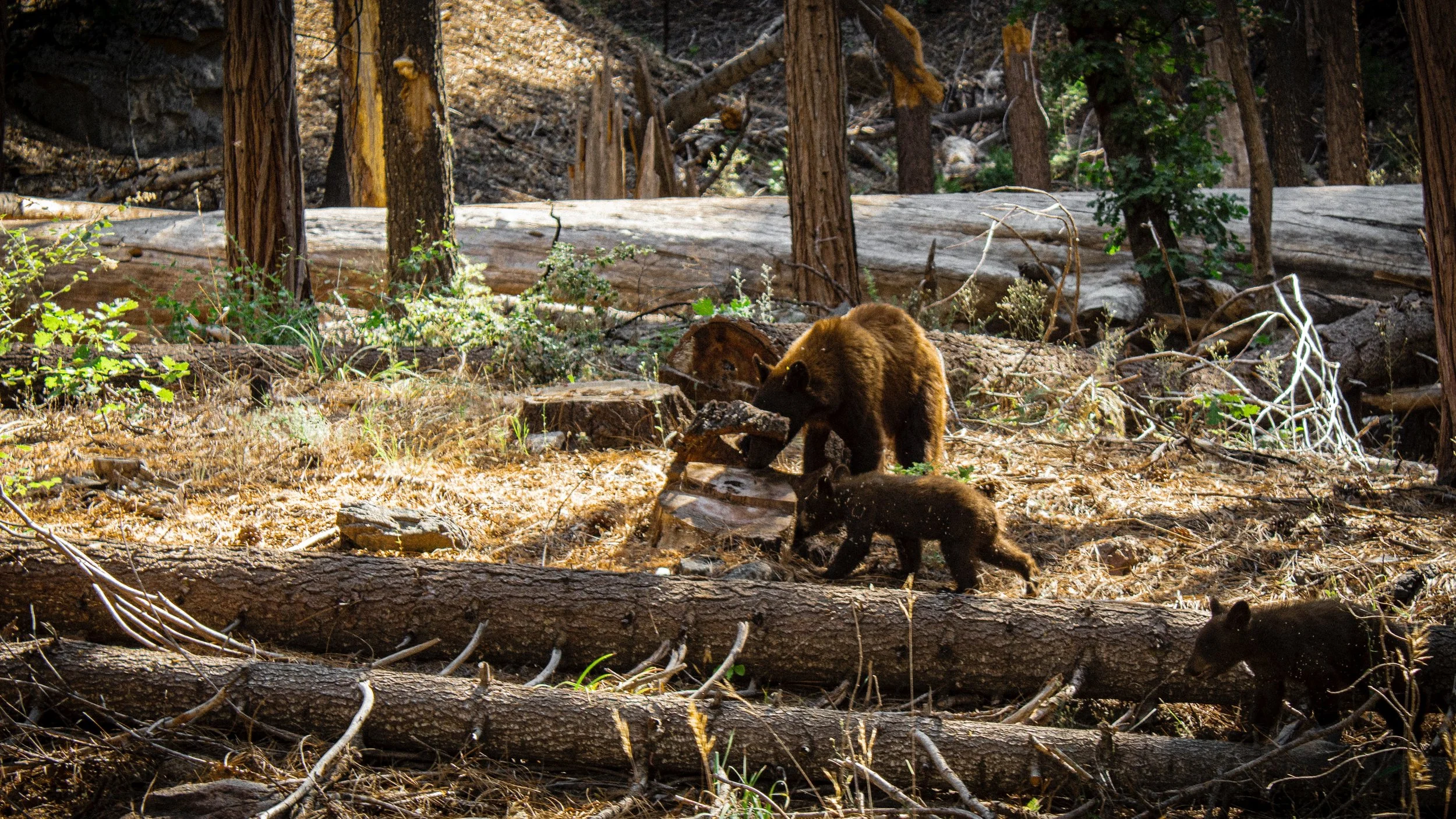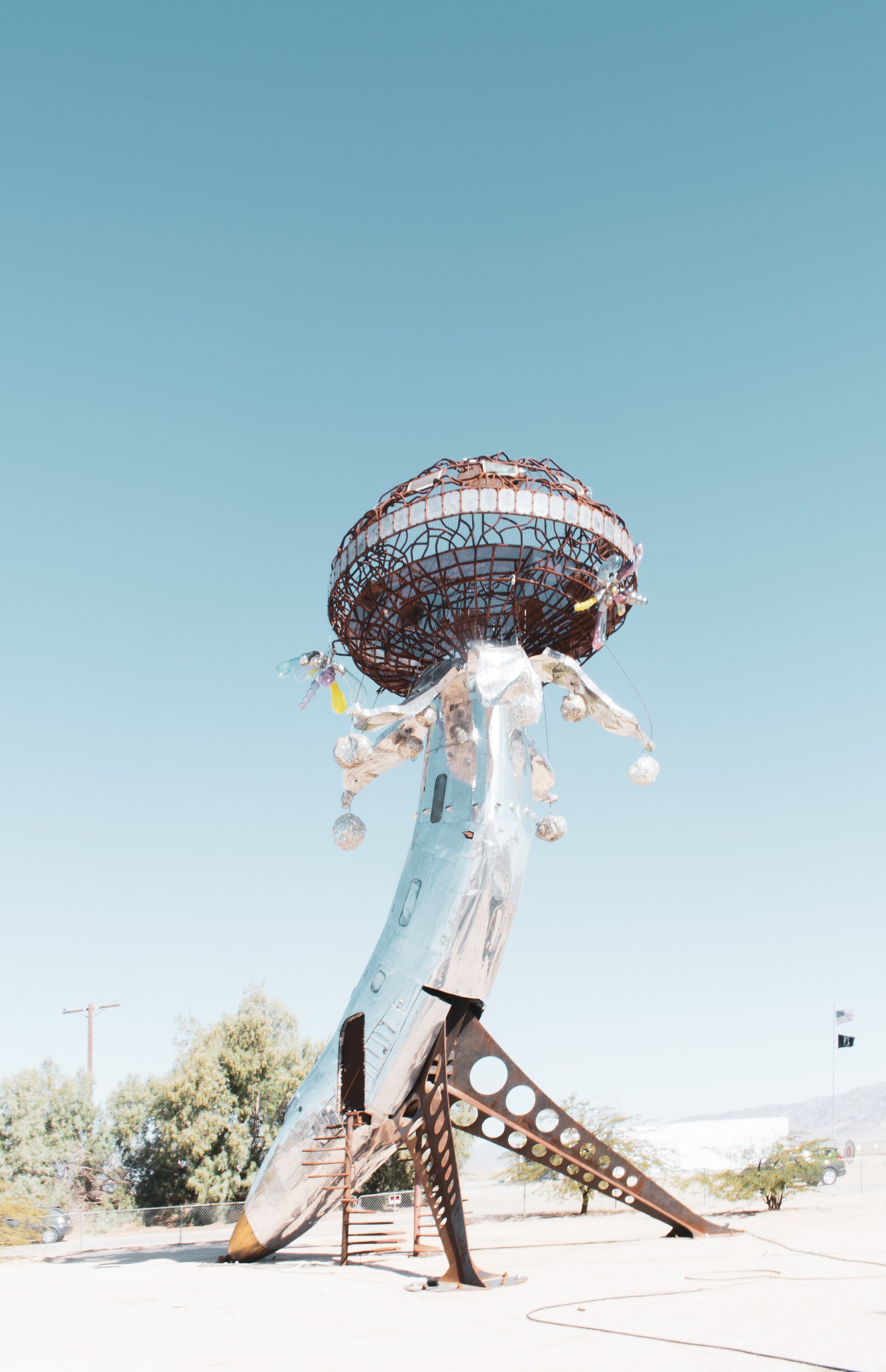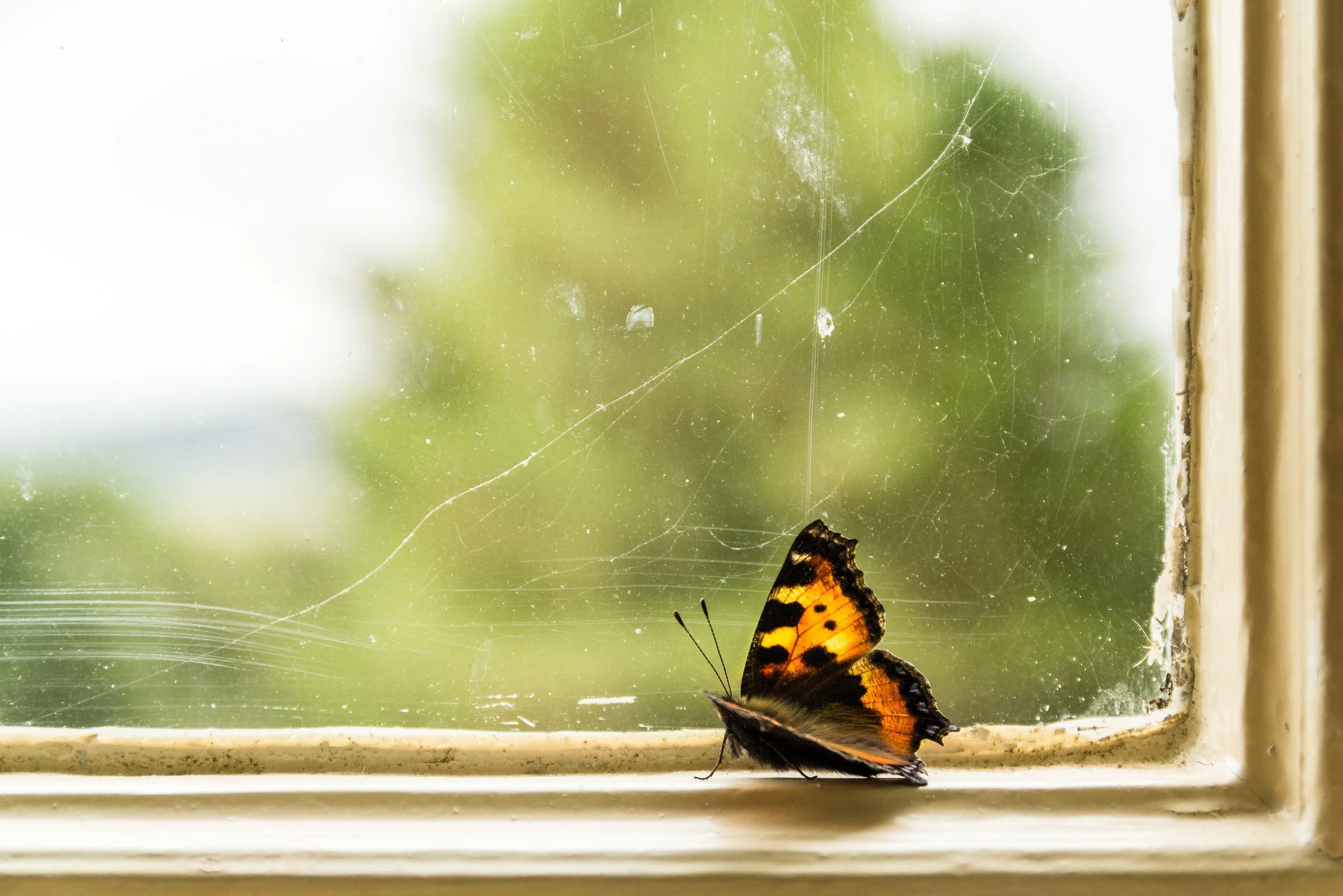Flora had to wipe the steam off the window as she peered down into the street. She checked her watch again, curled her hair around her fingers and patted the backpack on the window seat beside her that contained the books she planned to return to the town library. They weren’t really due yet, but he wouldn’t know that. She had taken her meds, causing terrible dry mouth, which she did her best not to fixate on. In the deep pockets of her down jacket she fingered an epi-pen and her N95 masks. Any minute now the caregiver would drive his little beat-up car into the driveway across the street, giving her just enough time to get out of the house and onto the sidewalk before Jake came out the front door for his walk to school.
Eight o’clock rolled around, but the little car had not arrived. Ten minutes later, the driveway was still empty, and no one had come out of the house. Flora started pacing.
After five more minutes, she crossed her arms angrily, her head leaned against the window. She took three deep breaths counting to seven on the exhales to calm herself, because she had to decide what to do. And no good decisions were made in anger.
“Okay, what’s it going to be, Flora?”
She resumed her march across the room. Thinking out loud had always helped her make choice. She could focus on problems better when they weren’t jammed in with other thoughts and competing for space in her head.
“I could wait ‘til tomorrow. But I took all those meds. I worked up the courage, and it might not come back tomorrow. Maybe I can get it back. But what if I can’t? I could knock on his door. Why? Why am I knocking? Um, to make sure everything’s okay. I didn’t see him come out. But that might imply I’m spying on him. That’s kinda creepy. I could bring him something. Yeah. But what? Why? What does he need? Again, it implies I know he’s home. Maybe that’s not so bad. But maybe it is.”
She sat down heavily on the bench.
“You’re overthinking this.”
After a few more breaths, she rose quickly.
“No more thinking. Just do it, Flora. Carpe Diem.”
With that, she made her way to the kitchen. From the cupboard, she removed boxes of Girl Scout cookies her mother bought from the neighborhood girls at a stand the day before. She spilled out a few from each box, arranging them on a paper plate as quickly as she could, careful not to inhale when she added the Thin Mints.
With plastic wrap over the top, her backpack on, double-N-95s on her face, she headed out the front door.
Nobody answered when she rang the doorbell. Her hands shook as she made herself ring it a second time. Fast footsteps approached inside. She waved at the peephole before multiple locks clicked open, and Jake appeared.
“Flora?”
“Hey, I, um, brought you cookies. Girl Scout. Not homemade. Obviously. I was on my way to the library, and I didn’t see the caretaker’s car, so I thought, well, maybe you were home and um, hungry? I mean I didn’t know for sure. Just a hunch.”
She wanted to crawl into a hole. Could she have sounded lamer? But Jake smiled.
“Thanks.”
He stepped outside, closing the door.
“She’s sleeping.”
“Oh, sorry.”
“No, it’s okay. It was kind of a rough morning, but she took her meds. It’s good now.”
“Your mom?”
He nodded, looking away.
“Does it, does it happen often that the caretaker doesn’t show?”
He shrugged. “Depends. Eugene’s been pretty reliable. He called this morning sick. We’ve had some in the past though that, well, I missed a lot of school.”
“I’m sorry.”
“No, like I said, you didn’t wake her.”
“No, I’m sorry that your mom is sick. I’m sorry you have to deal with this.”
He looked her in the eyes this time. His were so blue, almost translucent like water.
“Thanks. I’m sorry that you have to deal with smells and allergies and stuff. It seems really, really hard.”
“Yeah, it is. I won’t lie. Your situation seems really, really hard too.”
“Yeah,” he said.
There was an awkward moment before he took a deep breath as if deciding something.
“My mom.” He looked into the trees again. “She has schizophrenia. The onset came when I was born.”
Flora wanted to hug him. Badly. Just fling the cookies onto the neatly mowed lawn and hold him. It was an entirely new feeling. Hugging wasn’t exactly her thing, closeness to others revealing body odor and perfumed deodorants and smelly earwax.
There was another moment of silence before Flora said, “It’s not fair, Jake.”
Their eyes met again, and Flora experienced a melting sensation as if her entire body was made of chocolate warming under sunlight. She held out the plate. And taking them, Jake DiMeola smiled. She’d rarely seen him smile, she realized, another reason he’d always been such a sought-after mystery by the girls. His cheeks turned pink. His eyes brightened.
“You okay to walk to the library?”
It was her turn to shrug. “I’m currently under the influence of almost every allergy medicine, prescribed and over-the-counter, known to man. I can get to the library. I just might fall asleep over my books. And it’s like a parking meter. My time will run out.”
“And you’ll be like Cinderella finding a pumpkin instead of a carriage.”
“And sneezing at it.”
Jake laughed, and it was one of the best things Flora had ever heard. She barely remembered saying good-bye as she dashed down the sidewalk, heart floating, towards the library thinking how it could become an addiction, trying to bring on that laughter.
Photo by Inga Shcheglova on Unsplash




